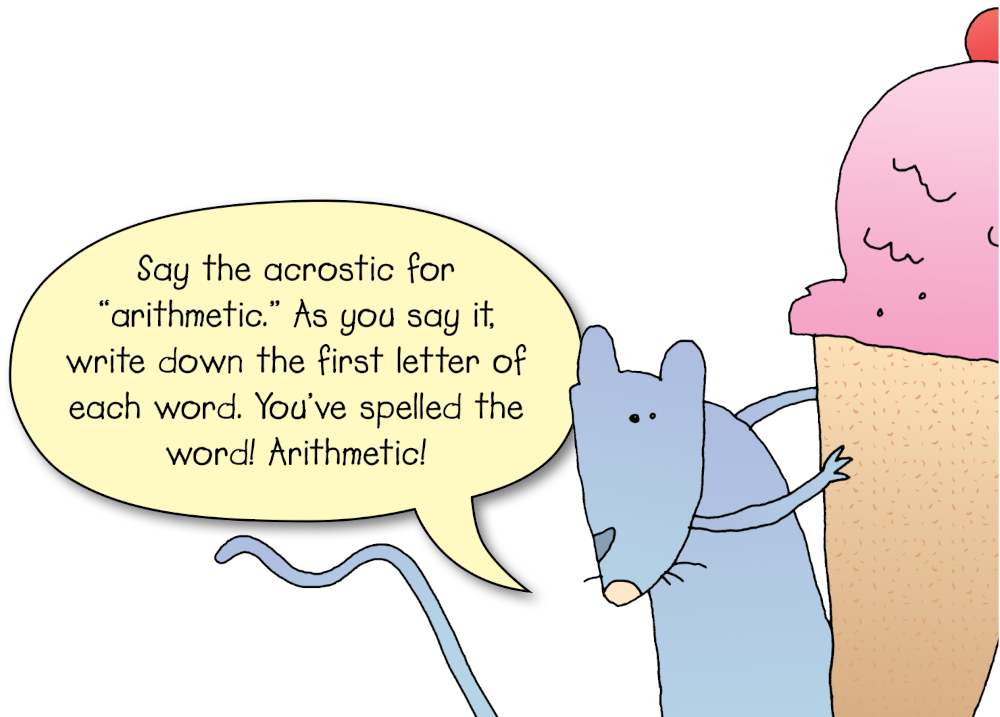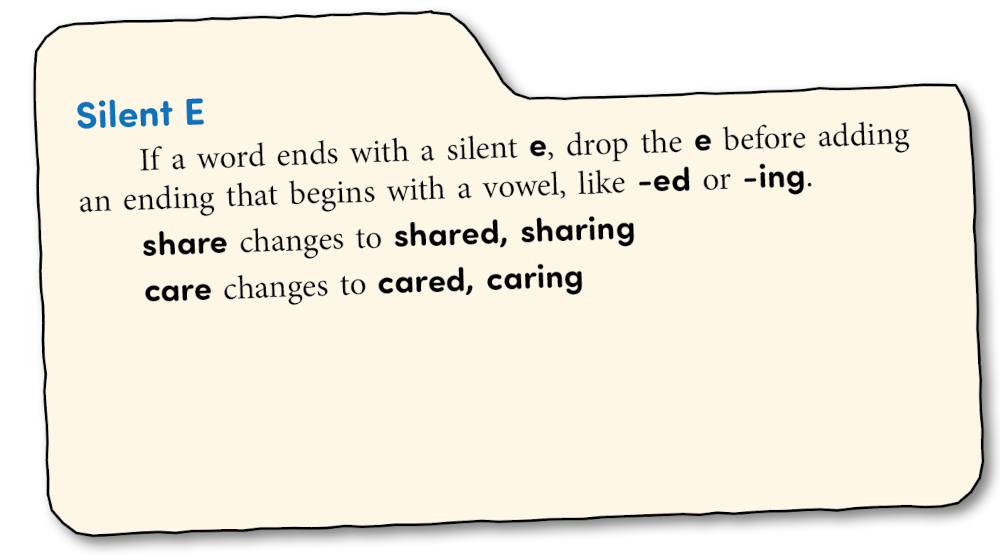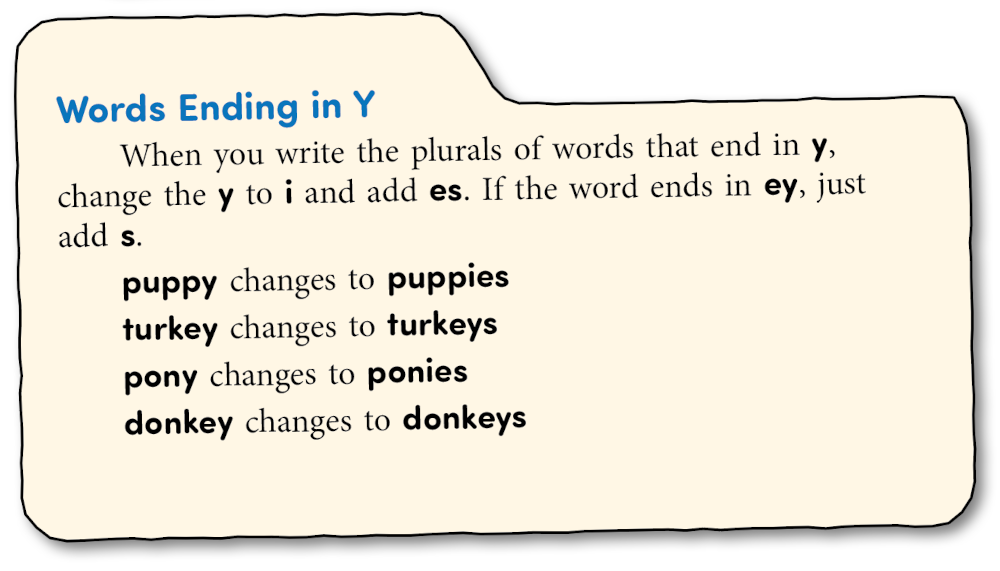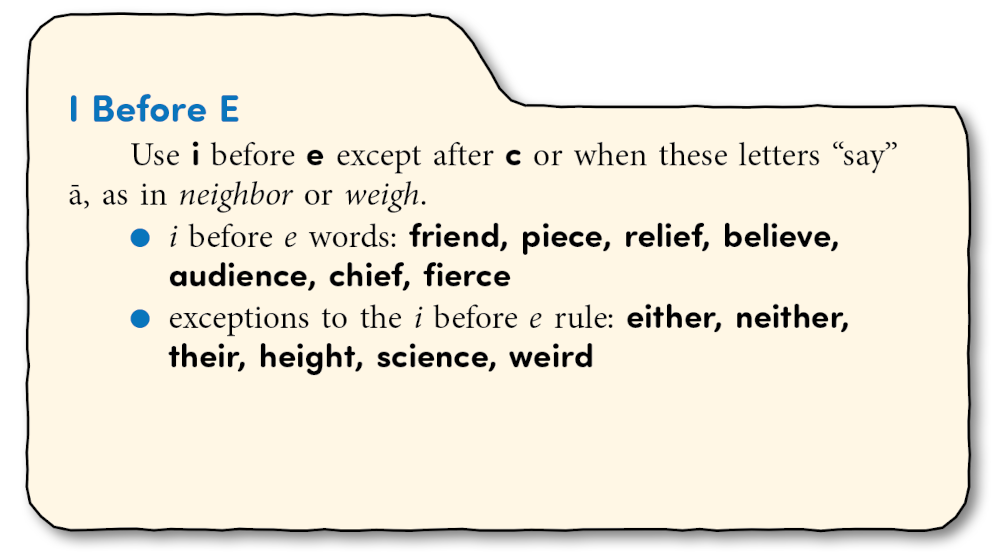WT 250

Page 250
Becoming a Better Speller
Do you realize that when you can spell one word, you have a head start on learning to spell many others? That’s right. For example, if you can spell night, you’ll find it easier to spell light, lightly, lightning, and lighthouse.
Basic Steps
There are spelling rules to help you, too. (The tricky part is that some words just don’t fit the rules.) In this chapter, we will tell you four ways to become a better speller:
1. Use strategies to help you spell.
2. Make a spelling dictionary.
3. Proofread for spelling.
4. Learn some basic spelling rules.
WT 251
Page 251
1. Use strategies to help you spell.
- Read the word aloud. (unspeakable)
- Write it syllable by syllable. (un/speak/a/ble)
- Look for “meaning units” such as prefixes (un), roots (speak), and suffixes (able).
- Study how the vowels are spelled. (The long e sound in speak is spelled “ea.”)
- Speak and write the word from memory.
- Check the spelling. Try again, if needed.
- A friend sticks with you to the end. (This saying helps you remember that the e goes after the i in the word friend.)
- two twin twenty tow toward
- Arithmetic
A rat in the house might eat the ice cream.
Study your words.
Use a saying.
Think of similar words.
Use an acrostic.

WT 252
Page 252
2. Make a spelling dictionary.
In a small notebook, put one letter of the alphabet at the top of each page. (A goes at the top of the first page, B goes at the top of the second page, and so on.) Each time you learn a new word, write it in your spelling dictionary.
Next to each new word, write as many word relatives as you can think of. For example, nights, nightly, nightmare, nightfall, and nightstand are word relatives for night.
3. Proofread for spelling.
Proofreading for spelling is one of the last things you do before you call your writing finished. When you’re not sure of a spelling, circle the word. Then check the spelling in a dictionary or in your handbook. (See pages 340–343 for a spelling list.)
4. Learn some basic spelling rules.
Rules can help you spell many words. But remember that there are exceptions to the rules. (An exception is a word that doesn’t fit the rule.)

WT 253
Page 253


